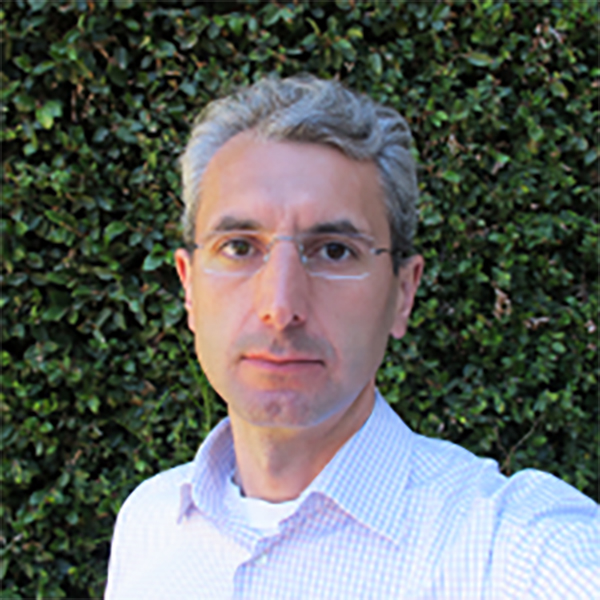
New Faculty Member, 2022–23
Ali Altunkaya
Lecturer, Computer science and engineering
Ali Altunkaya’s expertise in computer science and engineering spans across network science, graph algorithms and sequence analysis, with a particular interest in applying network algorithms to analyze sequences.
Altunkaya will be sharing his knowledge in those areas as a lecturer and teaching the computer science and engineering course CSE 579 Knowledge Representation and the computer engineering course CSE 551 Foundations of Algorithms.
Having earned a master of science degree in computer science from the University of Hawaii at Manoa in 2014, Altunkaya continues to expand his own education in these areas as he completes work to earn a doctoral degree in computer science in the Fulton Schools by next summer.
In his research pursuits, Altunkaya is especially interested in making strides in analyzing genomic sequences.
“Specifically, I want to apply network science, algorithms and information theory to analyze genomic sequences, to better understand their functional and structural elements. I am trying to find subunits of a sequence,” he says.
Altunkaya uses a classic literary work as a way to describe the goal of that work.
“Assume we remove all spaces and punctuation marks from a long novel such as ‘War and Peace.’ It then becomes a single very long sequence consisting of only 26 letter symbols,” he says. “Can we detect its hierarchical subunits, the symbols, syllables, words, phrases, sentences, paragraphs and chapters, simply by compressing the information flow within the sequence, without using any dictionary or something like that?”
Typically, he explains, “probabilities between the subunits have been used as a proxy for information flow within the sequence, and compression has been used as a way of learning to detect regularities within the data.”
Discovering the organization of a message — in other words, the sequence data — and its subunits “clearly has many practical applications,” Alkuntaya says, “especially in understanding the functional and structural elements in biological sequence data.”
A deeper understanding of biological sequence data could contribute to achieving advances in medical diagnoses and treatment and other areas of health care.
Altunkaya aspires to a career working in a university environment because of the diversity and flexibility it offers.
“I like teaching and research,” he says, “and I can do both of them here in this dynamic environment at ASU.”
Meet the newest faculty members of the Fulton Schools of Engineering here.
Written by Joe Kullman




































